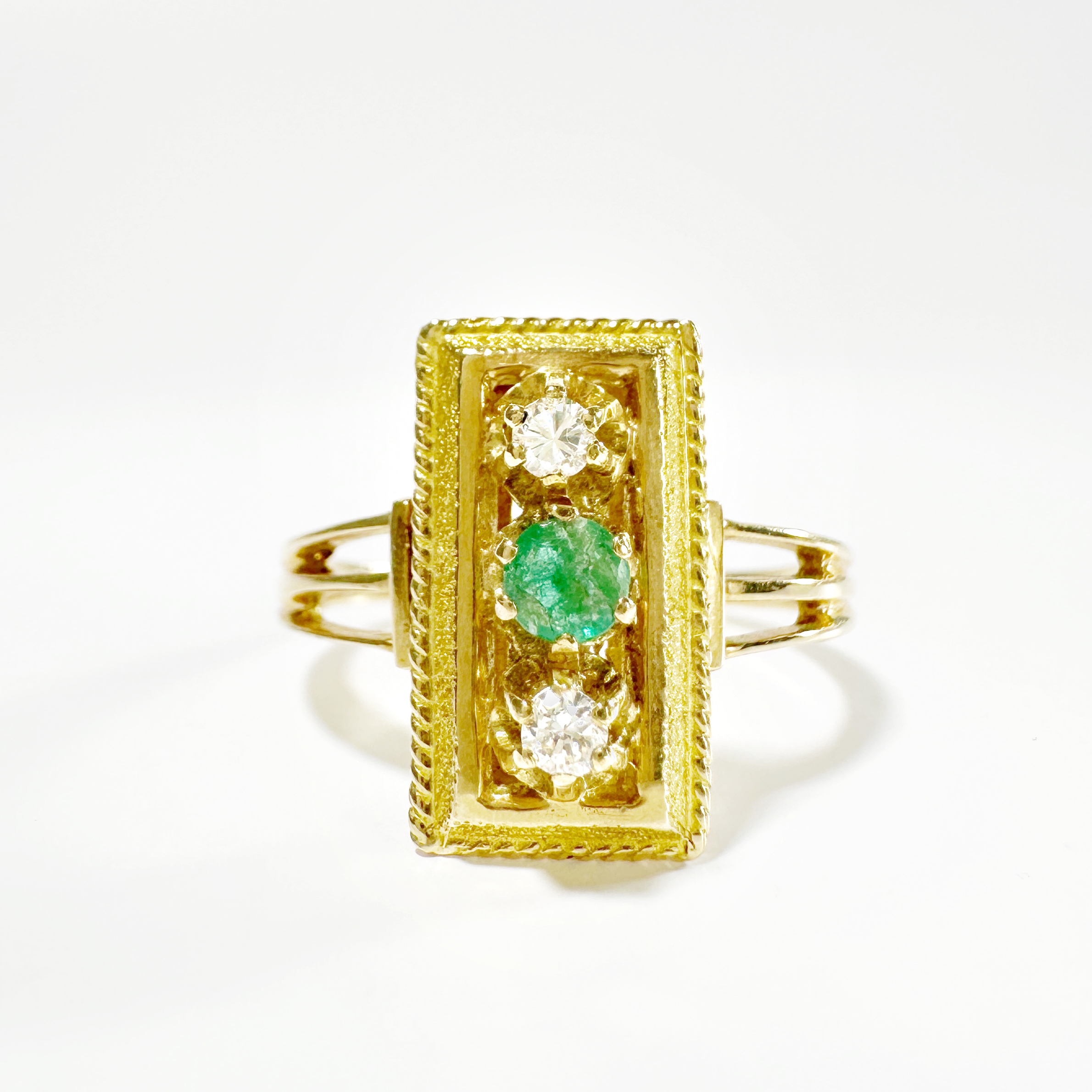When we talk about jewelry and the month of February, we spontaneously think of Valentine’s Day but not necessarily amethyst. Yet the February birthstone has been connected to both of these ideas for centuries. Let’s discover in this article why the purple stone is the stone of lovers, people born in February, and much more…
ORIGINS OF THE NAME AMETHYST

Amethyst takes its name from the Greek amethystos which means “not to be drunk”. This is probably why, in ancient times, people drank from amethyst cups thinking that they would preserve from drunkenness.
Beyond this etymology, the origin of the name of this stone would come to us from Greek mythology. Legend has it that the god Dionysus (Bacchus among the Romans), coveted a nymph named Amesthystos. The latter wishing to remain chaste, she refused the advances of the god of wine and celebration. Thus she implored Artemis, goddess of hunting and chastity, to come to her aid. The goddess listened to her plea and turned her into a white crystal, freeing her from Dionysus’ advances. Mad with rage, Dionysus threw the contents of his glass of wine on the rock, thus tinted with a purple hue.
HISTORY OF THE AMETHYST
Amethyst stone has been used since the dawn of time. This purple stone is found among the Etruscans, who used it as ornamentation and among the Egyptians, who wore it as a pendant.
In Roman times, amethyst was considered a good luck charm. Soldiers wore an amethyst around their necks as an amulet to protect themselves during battles. This tradition continued in the Middle Ages, during the Crusades. Indeed, the knights embellished their rosaries with this stone before going into battle.
The purple color of amethyst, traditionally associated with royalty and the church, also made it highly prized by members of the clergy in the Middle Ages. This is why it is known as the “Bishops‘ Stone” and why amethysts adorn the British Crown Jewels.
In Hebrew, amethyst is called ahlamah – meaning dream – because it was said to be capable of provoking good dreams and visions.
MAIN AMETHYST DEPOSITS

Until the eighteenth century, amethyst was considered a precious stones in the same way as diamond, ruby, emerald or sapphire. However, the discovery of large deposits in Brazil is decreased its rarity, although the classification of precious stones and fine stones is no longer used in gemology.
Today, the main deposits of amethyst are found in Australia, Brazil, Madagascar, Zambia, Russia, India and Uruguay. It is found in the form of geodes of various sizes in basalt rocks or granite.
COMPOSITION OF THE AMETHYST
The color of this variety of quartz is due to the traces of iron contained in its cristal. Its hue varies from light purple to intense purple, and it can be transparent to opaque. There are also rare green varieties, such as green amethyst or Rio Grande amethyst. When heated above 300 °, they take on a golden yellow hue and then become citrines. An amethyst that simply has hints of yellow is called ametrine.
Amethyst is a variety of quartz with a hardness of 7 on the Mohs scale, making it a stone of medium hardness.
SYMBOLISM OF THE AMETHYSTS
Among Christians, the amethyst stone symbolizes love, and legend has it that Saint Valentine wore it as a pendant around his neck. This stone also symbolizes spirituality: bishops wear a ring decorated with an amethyst and it is also the color of their outfit.
In lithotherapy, it is said to stimulate creativity, imagination and clarity, promoting relaxation, concentration and meditation. Leonardo da Vinci believed it: he was very fond of amethysts and wrote that they helped him dispel his negative thoughts, improve his concentration and make him more adept at business.
 en
en
 Français
Français






